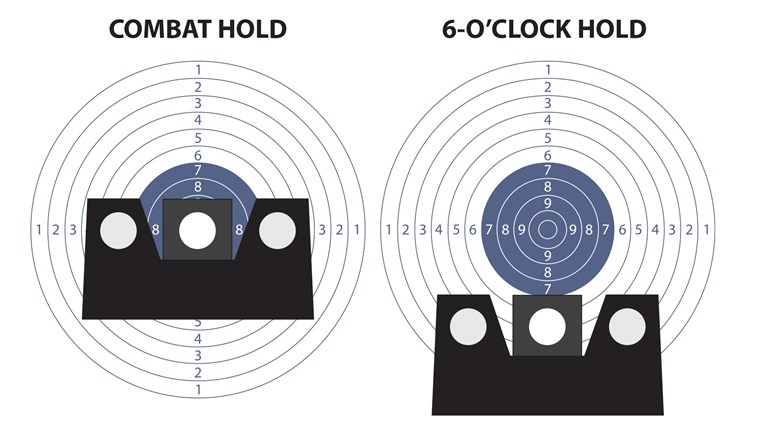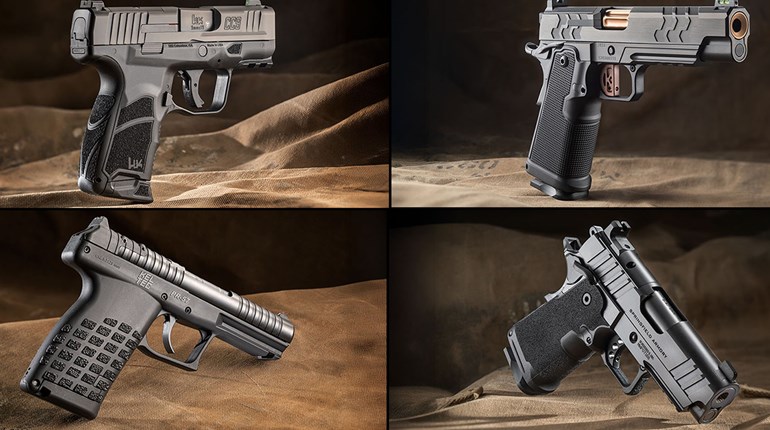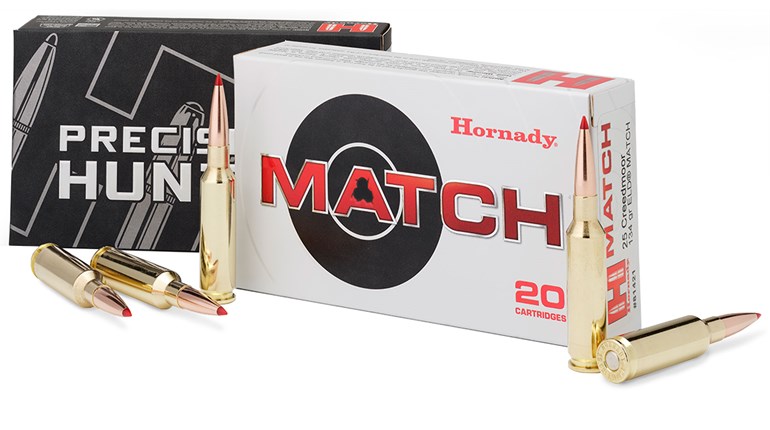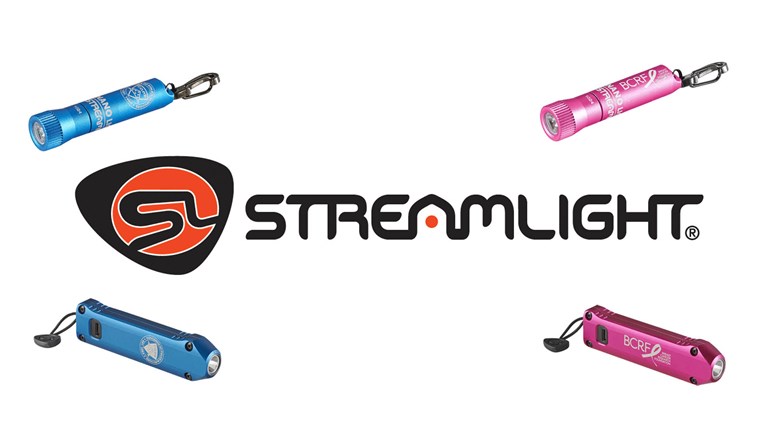
Firing the prescribed number a rounds through a new pistol will help break in both the new firearm and the owner.
I admit that I am a confirmed revolver man, having spent the better part of my life using them for work and otherwise. I do have a few semi-automatic pistols in the collection, but one thing has always bothered me about semi-auto pistols that never was a concern with revolvers. In the owner’s manual of every one of my semi-autos, it talks about needing so many rounds through the gun in order to break it in. This varies, depending on the gun’s maker, from a 50-round box to nearly a case of ammunition. I have a variety of types, brands and calibers of revolvers, but not once do I recall any of them requiring a break-in round count or procedure. Can you help me to understand why my revolvers are ready to go right out of the box, whereas semi-auto pistols need to be fired more than a little before they are fit for duty?
J.C. Drazik, Chicago, IL
There are several reasons that come to mind. The first is regarding the initial handling and use of revolvers as opposed to semi-automatic pistols. Part of it is how they function mechanically, and another is how they are handled, put into operation and taken out of operation, as well as how they are maintained.
Revolvers are simpler to load, fire, unload and maintain than semi-automatic pistols, which makes the amount of time taken for familiarization and firing as well as general maintenance much shorter. Assuming the safety habits of muzzle management and trigger-finger discipline are already in place, becoming familiar with the firearm’s nomenclature (the names of the gun’s parts) leads to the handling procedures required to load, fire and unload the gun. Little to no disassembly is necessary for maintenance of a revolver, making it quite user-friendly.
From the mechanical perspective, the mating surfaces of a revolver’s moving parts have to be fairly well fitted in order for the chambers in the cylinder to consistently align with the barrel for each shot fired. This is necessary for both safety and accuracy beginning with the first shot out of the gun.
Semi-automatic handguns, although easy to operate for most users, involve a few additional steps to put into operation, remove from operation and perform any required maintenance. For this reason, many manufacturers recommend that owners read and understand the manual as a precursor to field stripping, cleaning and lubricating the semi-automatic pistol. This provides the foundational familiarization necessary to handle the pistol safely and properly prior to any live-fire activities.
This familiarity is a means of manufacturers ensuring the likelihood that the new owner will have a positive experience with their new pistol. Shooting the pistol for a “break-in period” also conditions the shooter to a level of comfort with the gun to minimize unexpected results as a product of failure to familiarize prior to shooting initially.
Mechanically speaking, manufacturers walk a fine line between reliability and acceptable accuracy while using drop-in parts or parts with limited fitting requirements. The reason for this is to keep the price of the gun within the parameters of the market while achieving the expected quality standard of their customer base.
Some parts, such as the barrel and how it fits the slide, have specific mating surfaces that need to marry in their wear patterns for best performance, as one example. The tighter the tolerances, the more critical the wear in procedure is to get the best fit for accuracy and reliability.
The “break-in” recommendations that most manufacturers suggest for their products come from their experience in multiple case studies to ensure user familiarity with their products as well as satisfactory operation of their products in the end user’s hands. This provides a reason for the variety in numbers of rounds recommended by manufacturers to consider their pistols “broken in” and ready for service.
As with all mechanical devices, the user’s initial experience can be greatly enhanced by reading the gun’s manual describing the uses and proper handling of the product.



































